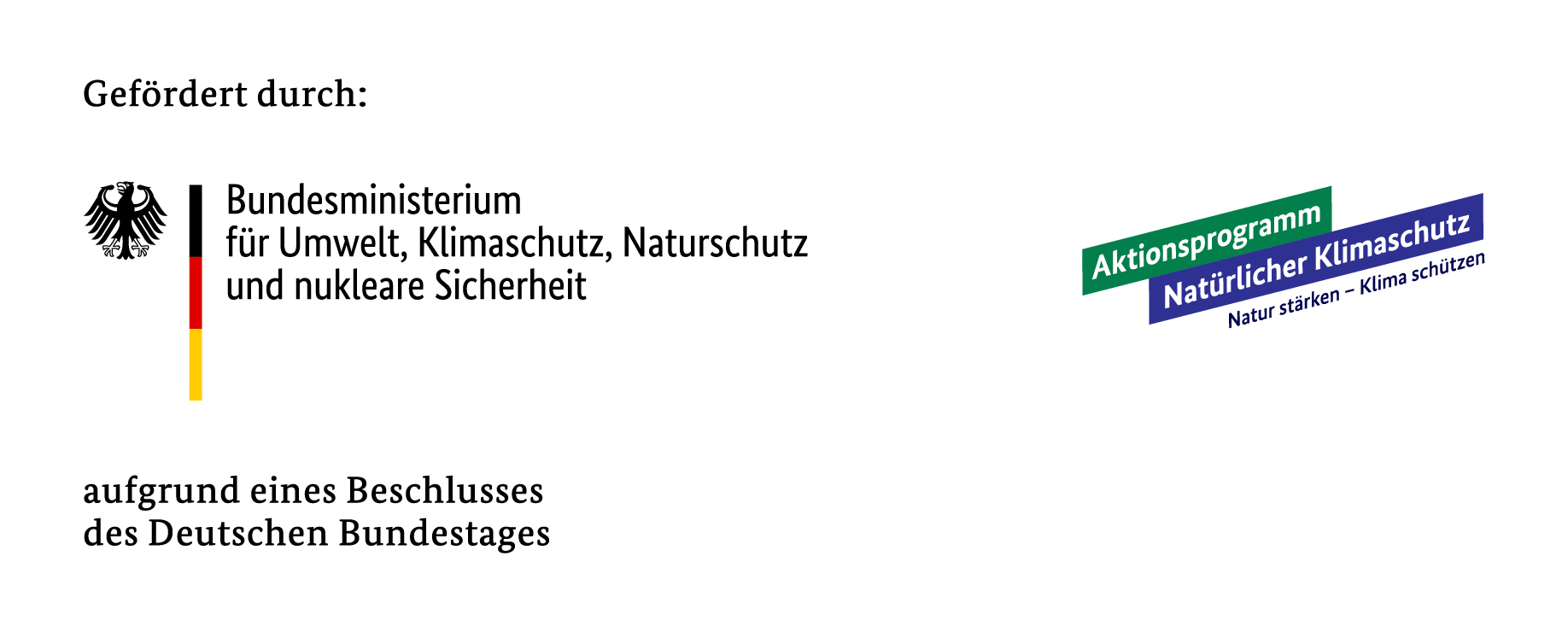
KomSO:
Storage capacity for organic carbon in marine sediments of the German Baltic Sea (KomSO)
- Duration:
- 15.09.2024 - 14.11.2027
- Project coordinated by:
- Alfred-Wegener-Institut, Helmholtz-Zentrum für Polar- und Meeresforschung (AWI)
- Contact (IOW):
- Dr. Peter Feldens
- Funding:
- BfN - Bundesamt für Naturschutz
- Research area:
- Partners:
In studies to determine and quantify the natural carbon storage capacity of marine sediments, a large number of different approaches, measurement methods and reference values have been used to date, making it difficult to reliably assess their suitability as a long-term carbon sink and, above all, making it largely impossible to compare different habitats in terms of their carbon storage capacity. In addition, the possible release of methane from carbon-rich sediment accumulation areas, which is antagonistic in terms of climate impact, is generally not included. In particular, data on carbon flux, the size of the sedimentary carbon reservoir or carbon inventory and biomass are often used synonymously, which has led to controversial discussions and assessments in the past. One example of this are classic “blue carbon” approaches, which in our view have so far only partially and in some cases insufficiently included or taken into account the role of natural sediments as a long-term carbon sink.
The scope of KomSO is therefore to carry out a detailed assessment of the current measurement methods, reference values/parameters and extrapolation/modeling methods with regard to their suitability for evaluating the natural carbon storage function of marine sediments. On the basis of these investigations, observations and modelling of the carbon storage capacity of marine sediments in the German Baltic Sea, a guideline will be developed that proposes standardized measurement procedures, reliable reference values/parameters and suitable methods/approaches and data bases for the extrapolation of point measurements to the surface and for the preparation of carbon balances. The aim of the guideline is to develop a “best practice” approach that enables a reliable and state-of-the-art evaluation/quantification of the carbon storage capacity of marine sediments.

Publikationen
- Wallmann, K. J. G., M. Schmidt and Arbeitsgruppe "Ringversuch" (2025). Ringversuch zur Bestimmung der Kohlenstoffgehalte in Oberflächensedimenten der Deutschen Ostsee. Kiel, Germany: GEOMAR Helmholtz-Zentrum für Ozeanforschung Kiel. 23 S. doi: 10.3289/KOMSO_AP1.2